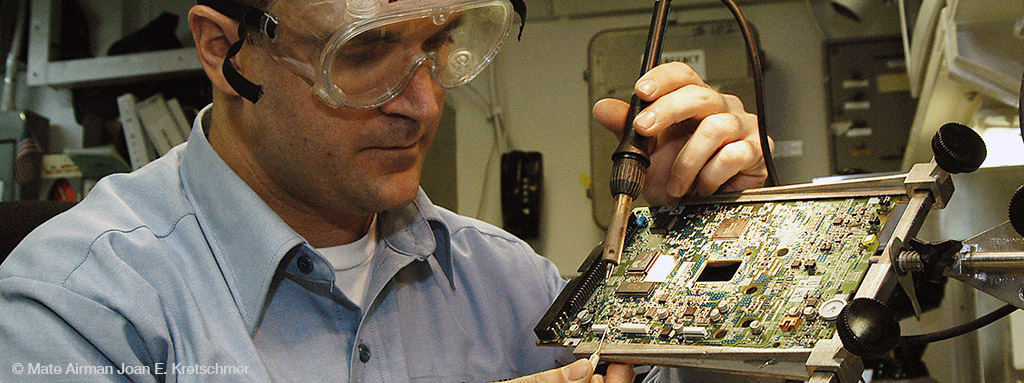The aeronautical industry has the dual quality of being very traditional and at the same time highly technological. This dual quality is not easy to appreciate by those who are not familiar with the sector. The industry process is traditional because the rhythm of production is very slow and a high attention to detail is required in nearly all the processes. However, the industry is also highly technological and innovative since large investments are made in researching new materials, solutions and techniques that allow optimising the manufacturing as well as the functionality of the aircraft.
We could be on the cusp of an immense range of possibilities for a new generation of aircraft and transport systems.
Materials are an essential part of the industry. How we use current materials as well as researching to devise new and improved ones is key. This is part of the business.
At the end of 2015, Boeing introduced a new material (strictly speaking we should refer to it as an innovative structure) which could in fact be the lightest in the world. Now, a group of scientists from Oxford University have developed a new material in the broadest sense.
It has been officially named Endohedral Fullerene and forms part of the family of endohedral fullerene carbons. It is a composite of spherical carbon molecules containing nitrogen atoms, or to be more precise, 60 carbon atoms and one nitrogen atom.
Among the most immediate applications being considered is the creation of miniature atomic clocks (they are currently enormous, given the available technology) to be incorporated in mobile, GPS and communications technology devices. The possibility of incorporating them in driverless vehicles is also being studied, making them much more precise vehicles when it comes to determining time and position (even to within one millimetre), as reported in the British newspaper “The Independent”.
According to the scientists at Oxford University who have created this material, the problem with Endohedral Fullerene is that it has a very high price tag. It costs the staggering figure of 145 million dollars per gram (about 129,693,768.21 Euros). They state, however, that if they are allowed to continue their research, this price could drop considerably, because the use and potential of its applications in the industry would constitute nothing short of a revolution, creating a high demand for the future.
Kyriakos Porfyrakis, one of the developers of Endohedral Fullerene, believes that this development is the next revolution for the mobile phone market. “Imagine a miniaturised atomic clock that you could carry around in your smartphone”.
But for me, it is in the field of aeronautics where I believe the virtues of this new material will be confirmed. I sense that we could be on the cusp of an immense range of possibilities for a new generation of aircraft and transport systems. It would be a gigantic step for the automation of aircraft thanks to the pinpoint accuracy of GPS devices, even allowing the creation of networks of automated aircraft which only require one pilot.
At the moment we are only talking about a magnificent discovery, but who knows how soon we could be talking about a new type of concept for the aerospace industry.



